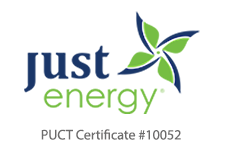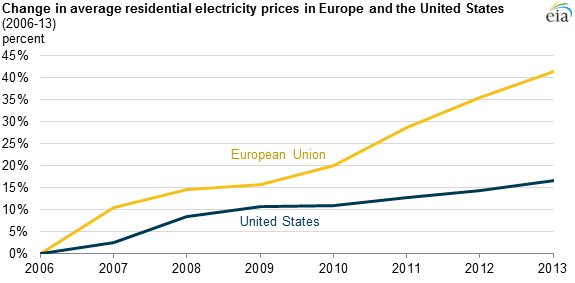What Are the nine Most Commonly Used Alternative Energy Sources?
Here’s a short-reference list of a number of the most common sustainable strength assets that we use today. Wind Energy. Wind strength has tripled during the last 10 years in the United States, making wind electricity the primary largest renewable strength source within the state Just Energy . Wind energy is one of the alternative electricity sources that serves both people and complete groups. It’s versatile and may be produced from small-scale windmills or windmills on residential homes to massive-scale offshore wind farms inside the ocean.
Solar Energy
Solar strength most generally refers to the use of photovoltaic cells (or solar cells) to create strength. On a small scale, you may see some solar panels on a residential roof used to produce power for simply that one home. On a bigger scale, you can see a sun farm used as an energy plant to supply energy for their clients.
Hydroelectric Energy
Generated from the electricity of moving water, hydroelectricity (additionally called hydropower) is produced whilst water in the back of a dam reasons turbine blades to move as it flows through consumption. The turbine blades then rotate a generator to produce electricity which is sent to strong homes and agencies.
Geothermal Energy
We generate geothermal strength by tapping into underground reservoirs of hot water and steam. Geothermal strength can immediately warmness and cool homes.
Bioenergy
We generate bioenergy from organic materials referred to as biomass or biofuels. Some examples would be lately dwelling animal or plant byproducts and wood. For instance, methane may be captured from landfills to supply bioenergy, which we then used to provide power and warmth. Ethanol is one instance of a biofuel that many people are acquainted with.
Nuclear Energy
Nuclear electricity is created in the form of warmth through the fission process of atoms. The initial fission procedure creates strength and triggers a series of reaction that repeats the method and generates greater electricity. In nuclear power plant life, the heat that fission produces creates steam. The steam then rotates a turbine, which results in the production of power.
Hydrogen Energy
Hydrogen is used as a clean-burning fuel, main to less pollution and purifier surroundings. We also use it for gasoline cells. These are much like batteries and are used to supply electricity to electric-powered cars.
Tidal Energy
With the motion of the tides, we get tidal power while the kinetic strength of the water motion converts into electric power. Of direction, this is one of the vicinity-particular resources of electricity, however, it’s very effective. Tidal electricity is renewable and produces large amounts of energy even with low-velocity tides.

Wave Energy
Wave power is an alternative strength supply derived from waves as they pass across the water. Wave power uses power generators located on the sea floor. Wave top, wavelength, wave velocity, and water density determine the power output. Wave electricity is environmentally pleasant, renewable, and innocent to the environment.
Which Alternative Energy Sources Are Non-Renewable?
While nuclear energy itself occurs to be a renewable electricity source, we do not classify it inside the renewable category. The cloth used in nuclear strength flowers to create nuclear fission is commonly an extraordinary sort of uranium, that is non-renewable. Another alternative energy source this is from time to time taken into consideration as a non-renewable source is biomass energy which is predicated on biomass feedstocks (vegetation that is processed and burned for electricity era). Biomass feedstocks include plants like corn and soy. If you don’t replant fast sufficient, biomass electricity turns into a non-renewable energy supply.
